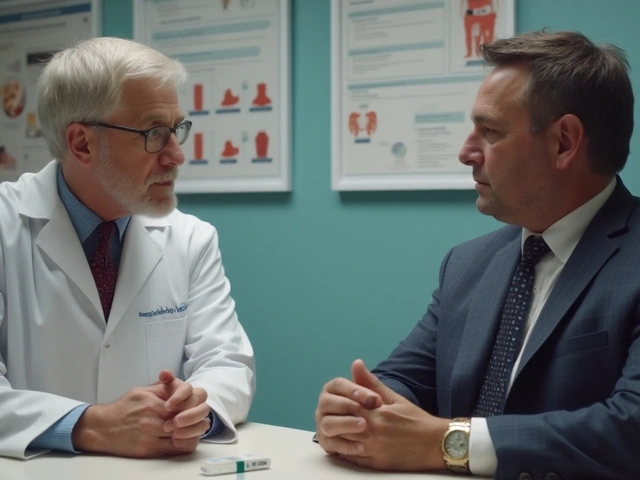Seizure response: clear steps to keep someone safe
About 1 in 26 people will have epilepsy at some point. If you ever witness a seizure, knowing simple, calm steps can make a big difference. This short guide tells you what to do right away, when to call emergency services, and a few things to check afterward.
Quick steps during a seizure
Stay calm and start a timer. Timing the seizure is one of the most important things you can do.
- Protect the person from harm. Move sharp or heavy objects away.
- Loosen tight clothing around the neck so they can breathe easier.
- Put something soft under their head to prevent injury.
- Turn them gently onto their side once jerking slows. This helps keep the airway clear.
- Do not hold them down or try to stop the movements.
- Never put anything in their mouth. You can damage teeth or block the airway.
If the person has a known seizure disorder and uses a rescue medication (like buccal midazolam or rectal diazepam), help them get it only if you’ve been shown how. If you’re unsure, call emergency services for instructions.
When to call for help
Call emergency services immediately if any of these happen:
- The seizure lasts longer than 5 minutes.
- Another seizure follows right away and the person does not regain consciousness between them.
- They’re injured, pregnant, or having trouble breathing after the seizure.
- This is the person’s first seizure.
- You suspect low blood sugar (check if you can) or drug overdose.
If the seizure is short and it’s a known condition, stay with the person until they are fully awake and aware. Reassure them — most people feel confused, tired, or sleepy after a seizure.
Once they’re responsive, offer water only if they are fully alert and can swallow safely. Do not feed or give pills until they are completely aware.
Note details to tell medical staff: how long the seizure lasted, what the movements looked like, whether they were breathing normally, and any triggers you saw. This information helps doctors adjust treatment or prescribe rescue meds.
People with epilepsy should carry a care plan and emergency contacts. If you are a caregiver, learn about their medications, known triggers, and whether they have a rescue dose at home.
Finally, remind the person to follow up with their doctor after a seizure. Medication changes, blood tests, driving restrictions, or a review of triggers may be needed. Your calm, timely help matters—most seizures stop on their own, and safe, simple care reduces complications.




